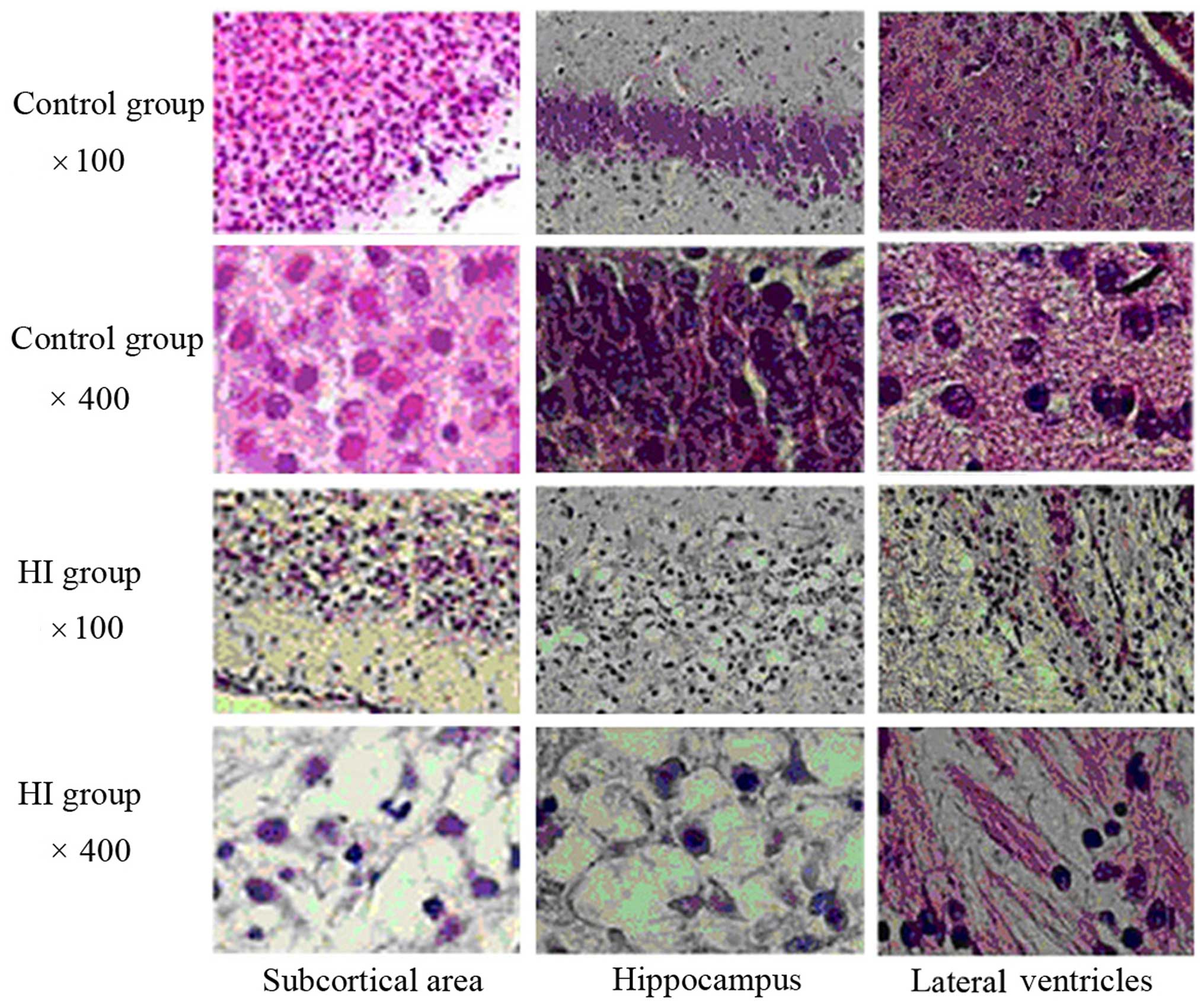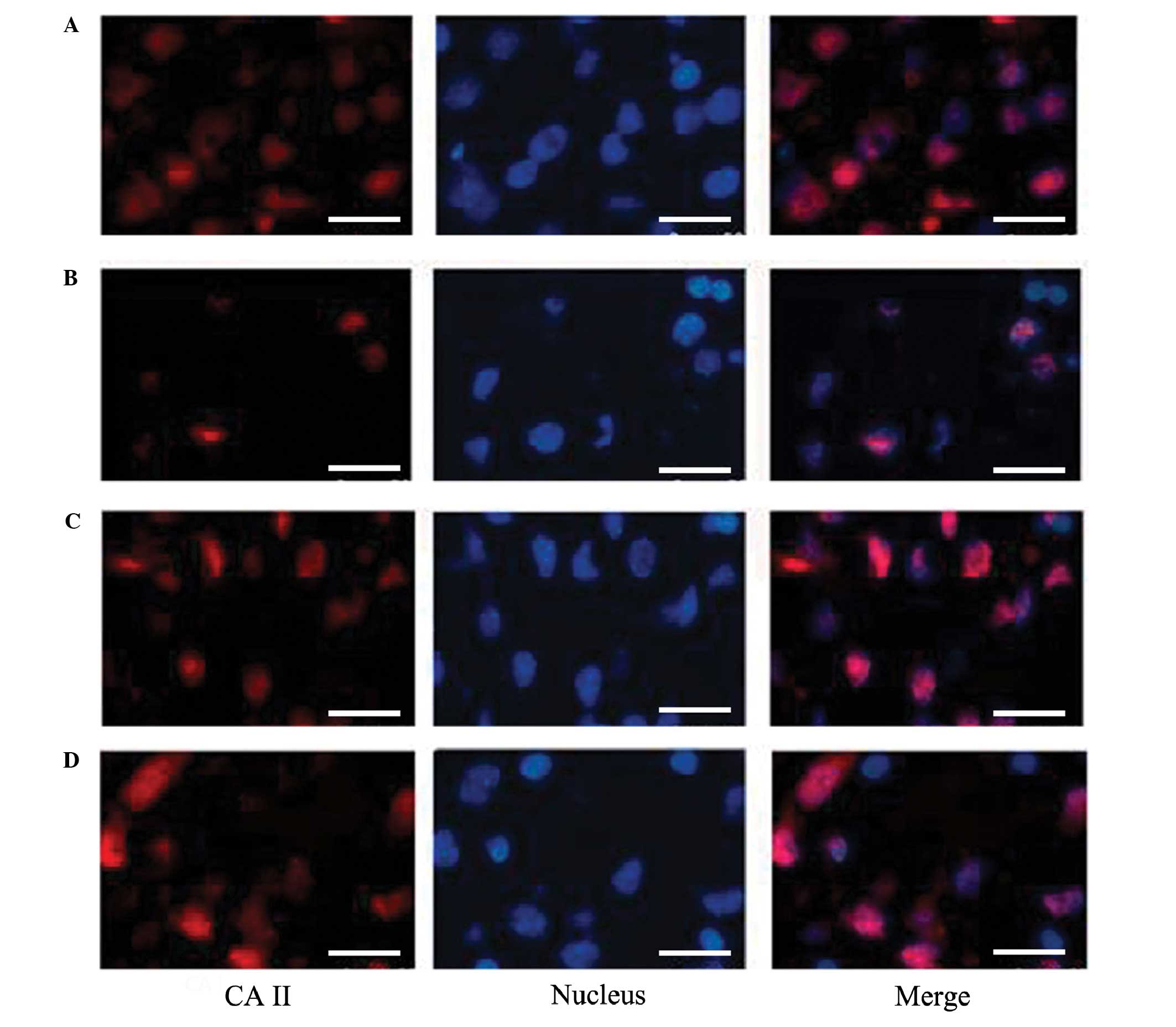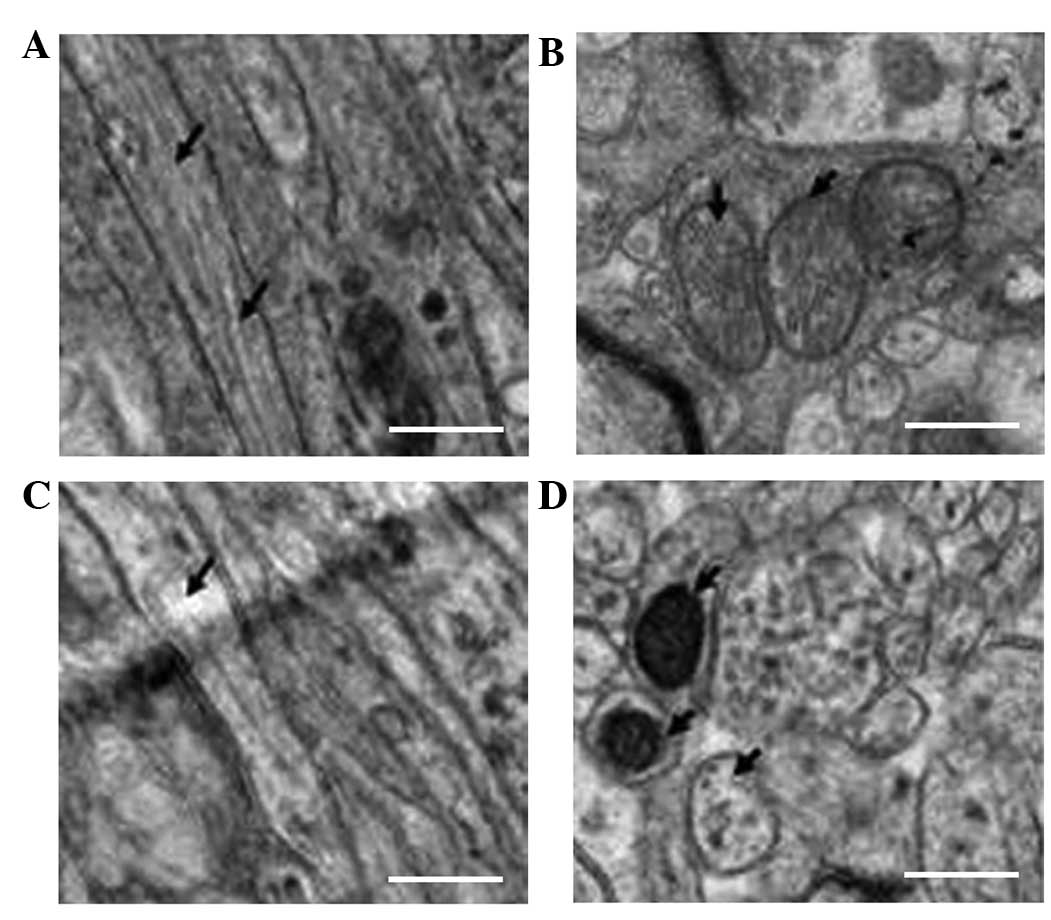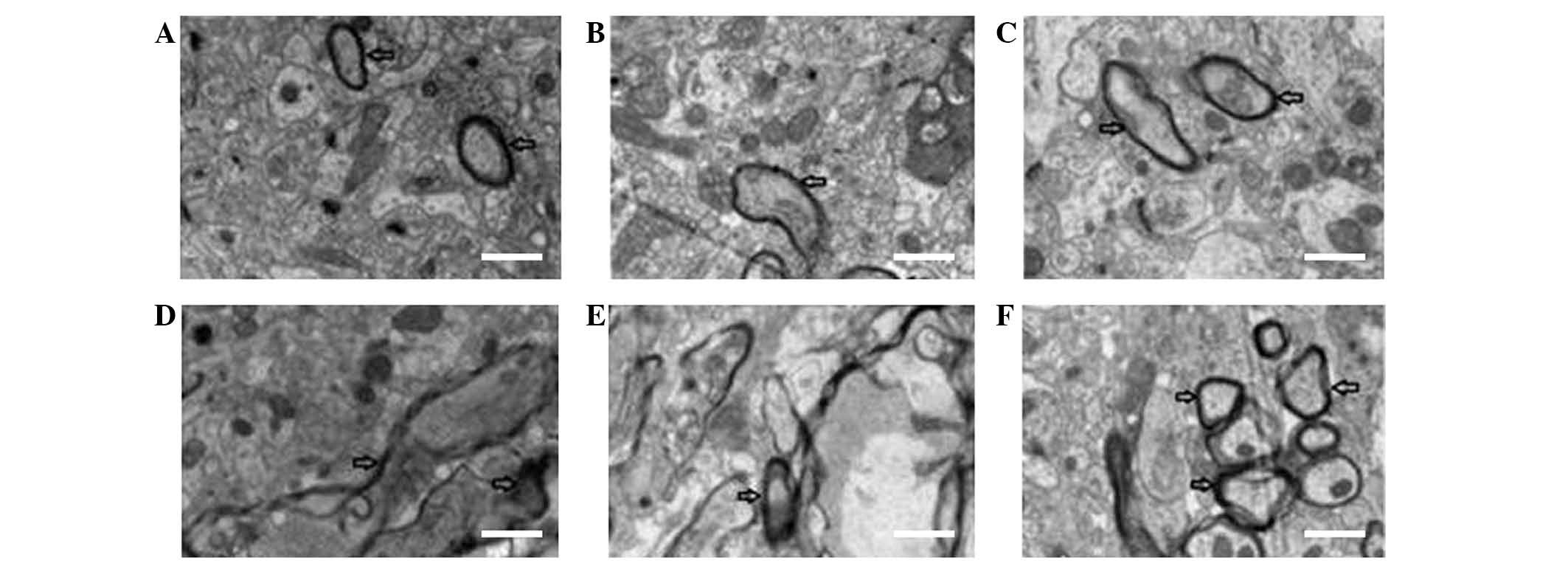|
1
|
Rahman A, Abdellatif M, Sharef SW,
Fazalullah M, Al-Senaidi K, Khan AA, Ahmad M, Kripail M, Abuanza M
and Bataclan F: Changing survival rate of infants born before 26
gestational weeks: Single-centre study. Sultan Qaboos Univ Med J.
15:e351–e356. 2015. View Article : Google Scholar : PubMed/NCBI
|
|
2
|
Olivieri I, Bova SM, Urgesi C, Ariaudo G,
Perotto E, Fazzi E, Stronati M, Fabbro F, Balottin U and Orcesi S:
Outcome of extremely low birth weight infants: What's new in the
third millennium? Neuropsychological profiles at four years. Early
Hum Dev. 88:241–250. 2012. View Article : Google Scholar : PubMed/NCBI
|
|
3
|
Skiöld B, Vollmer B, Böhm B, Hallberg B,
Horsch S, Mosskin M, Lagercrantz H, Ådén U and Blennow M: Neonatal
magnetic resonance imaging and outcome at age 30 months in
extremely preterm infants. J Pediatr. 160:559–566, e1. 2012.
View Article : Google Scholar : PubMed/NCBI
|
|
4
|
Madan N, Rusia U, Sikka M, Sharma S and
Shankar N: Developmental and neurophysiologic deficits in iron
deficiency in children. Indian J Pediatr. 78:58–64. 2011.
View Article : Google Scholar : PubMed/NCBI
|
|
5
|
Connor JR: Iron acquisition and expression
of iron regulatory proteins in the developing brain: Manipulation
by ethanol exposure, iron deprivation and cellular dysfunction. Dev
Neurosci. 16:233–247. 1994. View Article : Google Scholar : PubMed/NCBI
|
|
6
|
Grantham-Mcgregor S and Baker-Henningham
H: Iron deficiency in childhood: Causes and consequences for child
development. Annales Nestlé. 68:105–119. 2010. View Article : Google Scholar
|
|
7
|
Ong WY, Tanaka K, Dawe GS, Ittner LM and
Farooqui AA: Slow excitotoxicity in Alzheimer's disease. J
Alzheimers Dis. 35:643–668. 2013.PubMed/NCBI
|
|
8
|
Suttkus A, Rohn S, Jäger C, Arendt T and
Morawski M: Neuroprotection against iron-induced cell death by
perineuronal nets - an in vivo analysis of oxidative stress. Am J
Neurodegener Dis. 1:122–129. 2012.PubMed/NCBI
|
|
9
|
Bartzokis G, Lu PH, Tishler TA, Fong SM,
Oluwadara B, Finn JP, Huang D, Bordelon Y, Mintz J and Perlman S:
Myelin breakdown and iron changes in Huntington's disease:
Pathogenesis and treatment implications. Neurochem Res.
32:1655–1664. 2007. View Article : Google Scholar : PubMed/NCBI
|
|
10
|
Tanskanen M, Mäkelä M, Myllykangas L,
Rastas S, Sulkava R and Paetau A: Intracerebral hemorrhage in the
oldest old: A population-based study (Vantaa 85+). Front Neurol.
3:1032012. View Article : Google Scholar : PubMed/NCBI
|
|
11
|
Dong M, Xi G, Keep RF and Hua Y: Role of
iron in brain lipocalin 2 upregulation after intracerebral
hemorrhage in rats. Brain Res. 1505:86–92. 2013. View Article : Google Scholar : PubMed/NCBI
|
|
12
|
Guo C, Wang P, Zhong ML, Wang T, Huang XS,
Li JY and Wang ZY: Deferoxamine inhibits iron induced hippocampal
tau phosphorylation in the Alzheimer transgenic mouse brain.
Neurochem Int. 62:165–172. 2013. View Article : Google Scholar : PubMed/NCBI
|
|
13
|
Kostic M, Zivkovic N and Stojanovic I:
Multiple sclerosis and glutamate excitotoxicity. Rev Neurosci.
24:71–88. 2013.PubMed/NCBI
|
|
14
|
Fitsanakis V A, Zhang N, Anderson J G,
Erikson KM, Avison MJ, Gore JC and Aschner M: Measuring brain
manganese and iron accumulation in rats following 14 weeks of
low-dose manganese treatment using atomic absorption spectroscopy
and magnetic resonance imaging. Toxicol Sci. 103:116–124. 2008.
View Article : Google Scholar
|
|
15
|
Arocho A, Chen B, Ladanyi M and Pan Q:
Validation of the 2-DeltaDeltaCt calculation as an alternate method
of data analysis for quantitative PCR of BCR-ABL P210 transcripts.
Diagn Mol Pathol. 15:56–61. 2006. View Article : Google Scholar : PubMed/NCBI
|
|
16
|
Back SA, Luo NL, Borenstein NS, Levine JM,
Volpe JJ and Kinney HC: Late oligodendrocyte progenitors coincide
with the developmental window of vulnerability for human perinatal
white matter injury. J Neurosci. 21:1302–1312. 2001.PubMed/NCBI
|
|
17
|
Khwaja O and Volpe JJ: Pathogenesis of
cerebral white matter injury of prematurity. Arch Dis Child-Fetal
Neonatal Ed. 93:F153–F161. 2008. View Article : Google Scholar : PubMed/NCBI
|
|
18
|
Muckenthaler MU, Galy B and Hentze MW:
Systemic iron homeostasis and the iron-responsive
element/iron-regulatory protein (IRE/IRP) regulatory network. Annu
Rev Nutr. 28:197–213. 2008. View Article : Google Scholar : PubMed/NCBI
|
|
19
|
Wallander ML, Leibold EA and Eisenstein
RS: Molecular control of vertebrate iron homeostasis by iron
regulatory proteins. Biochim Biophys Acta. 1763:668–689. 2006.
View Article : Google Scholar : PubMed/NCBI
|
|
20
|
Ganz T: Hepcidin and iron regulation, 10
years later. Blood. 117:4425–4433. 2011. View Article : Google Scholar : PubMed/NCBI
|
|
21
|
Davis M and Clarke S: Influence of
microRNA on the maintenance of human iron metabolism. Nutrients.
5:2611–2628. 2013. View Article : Google Scholar : PubMed/NCBI
|
|
22
|
Theil EC: Ferritin: The protein nanocage
and iron biomineral in health and in disease. Inorg Chem.
52:12223–12233. 2013. View Article : Google Scholar : PubMed/NCBI
|
|
23
|
Sanchez M, Galy B, Schwanhaeusser B, Blake
J, Bähr-Ivacevic T, Benes V, Selbach M, Muckenthaler MU and Hentze
MW: Iron regulatory protein-1 and-2: Transcriptome-wide definition
of binding mRNAs and shaping of the cellular proteome by iron
regulatory proteins. Blood. 118:e168–e179. 2011. View Article : Google Scholar : PubMed/NCBI
|
|
24
|
Shpyleva SI, Tryndyak VP, Kovalchuk O,
Starlard-Davenport A, Chekhun VF, Beland FA and Pogribny IP: Role
of ferritin alterations in human breast cancer cells. Breast Cancer
Res Treat. 126:63–71. 2011. View Article : Google Scholar : PubMed/NCBI
|
|
25
|
Wang W, Deng Z, Hatcher H, Miller LD, Di
X, Tesfay L, Sui G, D'Agostino RB Jr, Torti FM and Torti SV: IRP2
regulates breast tumor growth. Cancer Res. 74:497–507. 2014.
View Article : Google Scholar : PubMed/NCBI
|
|
26
|
do Nascimento PR, Martins DR, Monteiro GR,
Queiroz PV, Freire-Neto FP, Queiroz JW, Morais Lima AL and Jeronimo
SM: Association of pro-inflammatory cytokines and iron regulatory
protein 2 (IRP2) with Leishmania burden in canine visceral
leishmaniasis. PLOS One. 8:e738732013. View Article : Google Scholar : PubMed/NCBI
|
|
27
|
Khan MA, Ma J, Walden WE, Merrick WC,
Theil EC and Goss DJ: Rapid kinetics of iron responsive element
(IRE) RNA/iron regulatory protein 1 and IRE-RNA/eIF4F complexes
respond differently to metal ions. Nucleic Acids Res. 42:6567–6577.
2014. View Article : Google Scholar : PubMed/NCBI
|
|
28
|
Hausmann A, Lee J and Pantopoulos K: Redox
control of iron regulatory protein 2 stability. FEBS Lett.
585:687–692. 2011. View Article : Google Scholar : PubMed/NCBI
|


















